Pawiak Prison Museum
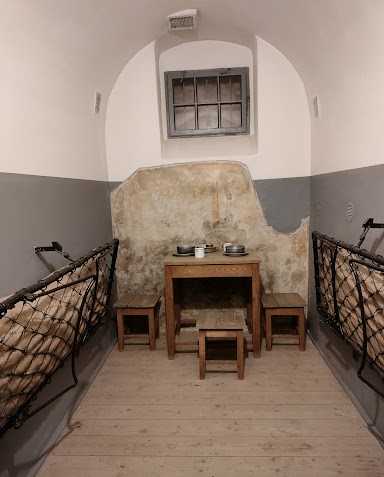
The Pawiak Prison Museum in Warsaw is a haunting and deeply moving site that tells the story of the thousands who suffered and died during Nazi occupation. Originally built in the 19th century, Pawiak became a political prison during World War II, where the Gestapo held and tortured members of the Polish resistance, intellectuals, and civilians. The museum is located in the surviving basement of the original prison, which was mostly destroyed in 1944, and has been carefully restored to reflect the conditions faced by inmates. Visitors can walk through reconstructed prison cells and corridors, view personal items, letters, and photographs, and experience exhibitions that powerfully convey the horrors endured by prisoners. Outside, a symbolic bronze tree stands as a memorial, echoing the real tree once used by families to hang plaques for their loved ones. Visiting Pawiak is a sobering yet essential experience for anyone wishing to understand Warsaw’s wartime history and the resilience of its people.
Warsaw PolandThe Pawiak Prison Museum, a poignant testament to Warsaw's wartime suffering, is located at ul. Dzielna 24/26, 00-162 Warsaw, Poland. This historical site, a former prison used by the Nazis during World War II, lies within the area of the former Warsaw Ghetto, offering a deeply immersive experience into a tragic period of the city's past. Given its location, several significant and related historical sites are within easy reach. The POLIN Museum of the History of Polish Jews is a short walk away, providing a comprehensive narrative of a thousand years of Jewish life in Poland, including the rich history of the Warsaw Ghetto that surrounded Pawiak. Also nearby, visitors can find remnants of the Warsaw Ghetto Wall and various monuments commemorating the Ghetto Uprising and its heroes, such as the Ghetto Heroes Monument and Anielewicz's Bunker. These sites collectively form the Warsaw Ghetto Trail, allowing for a profound and somber exploration of this crucial aspect of the city's history. While perhaps not "tourist attractions" in the traditional sense, these powerful memorials offer essential insights into Warsaw's resilience and the human cost of war, complementing a visit to the Pawiak Prison Museum with a broader understanding of the historical context.
 POLIN Museum of the History of Polish Jews
Warsaw
POLIN Museum of the History of Polish Jews
Warsaw
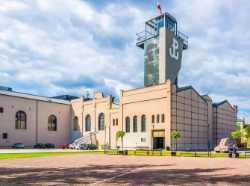 Warsaw Uprising Museum
Warsaw
Warsaw Uprising Museum
Warsaw
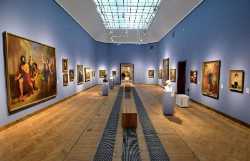 National Museum in Warsaw
Warsaw
National Museum in Warsaw
Warsaw
 Fryderyk Chopin Museum
Warsaw
Fryderyk Chopin Museum
Warsaw
 Museum of Modern Art
Warsaw
Museum of Modern Art
Warsaw
 Neon Museum Warsaw
Warsaw
Neon Museum Warsaw
Warsaw
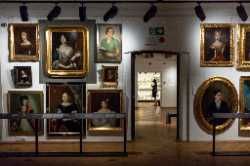 Museum of Warsaw
Warsaw
Museum of Warsaw
Warsaw
 Royal Castle in Warsaw
Warsaw
Royal Castle in Warsaw
Warsaw
 Wilanów Palace
Warsaw
Wilanów Palace
Warsaw
 Krasiński Palace
Warsaw
Krasiński Palace
Warsaw
 Presidential Palace Warsaw
Warsaw
Presidential Palace Warsaw
Warsaw
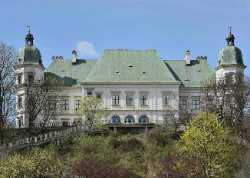 Ujazdów Castle
Warsaw
Ujazdów Castle
Warsaw
 Branicki Palace
Warsaw
Branicki Palace
Warsaw
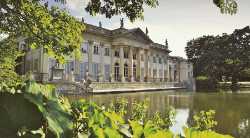 Łazienki Park
Warsaw
Łazienki Park
Warsaw
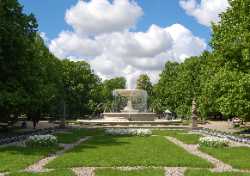 Saxon Garden
Warsaw
Saxon Garden
Warsaw
 Wilanów Park
Warsaw
Wilanów Park
Warsaw
 Mokotów Field
Warsaw
Mokotów Field
Warsaw
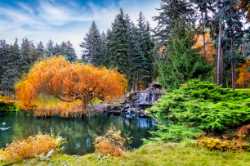 Skaryszewski Park
Warsaw
Skaryszewski Park
Warsaw
 Botanical Garden of the University of Warsaw
Warsaw
Botanical Garden of the University of Warsaw
Warsaw
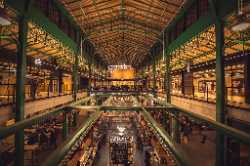 Hala Koszyki
Warsaw
Hala Koszyki
Warsaw
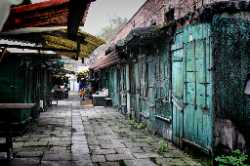 Bazar Różyckiego
Warsaw
Bazar Różyckiego
Warsaw
 BioBazar
Warsaw
BioBazar
Warsaw
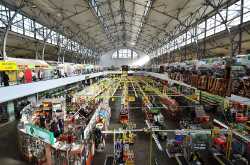 Hala Mirowska
Warsaw
Hala Mirowska
Warsaw
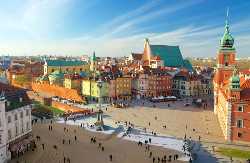 Castle Square
Warsaw
Castle Square
Warsaw
 Rynek Starego Miasta
Warsaw
Rynek Starego Miasta
Warsaw
 Piłsudski Square
Warsaw
Piłsudski Square
Warsaw
 Three Crosses Square
Warsaw
Three Crosses Square
Warsaw
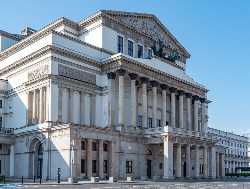 Grand Theatre
Warsaw
Grand Theatre
Warsaw
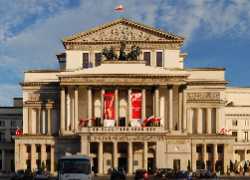 Warsaw National Theatre
Warsaw
Warsaw National Theatre
Warsaw
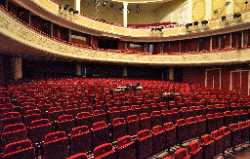 Teatr Polski
Warsaw
Teatr Polski
Warsaw
 Dramatic Theatre
Warsaw
Dramatic Theatre
Warsaw
 Studio Theatre
Warsaw
Studio Theatre
Warsaw
 Copernicus Science Centre
Warsaw
Copernicus Science Centre
Warsaw
 Jewish Historical Institute
Warsaw
Jewish Historical Institute
Warsaw
 Katyń Museum
Warsaw
Katyń Museum
Warsaw
 Museum of Life under Communism
Warsaw
Museum of Life under Communism
Warsaw
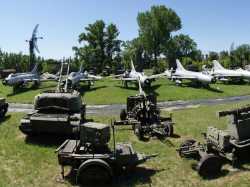 Polish Army Museum
Warsaw
Polish Army Museum
Warsaw
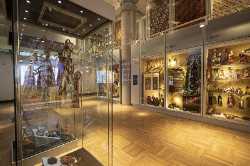 National Museum of Ethnography
Warsaw
National Museum of Ethnography
Warsaw
 Museum of Caricature
Warsaw
Museum of Caricature
Warsaw
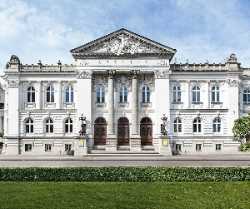 Zacheta
Warsaw
Zacheta
Warsaw
 Legia Warsaw Museum
Warsaw
Legia Warsaw Museum
Warsaw
 Raster Gallery
Warsaw
Raster Gallery
Warsaw
 Foksal Gallery
Warsaw
Foksal Gallery
Warsaw
 LETO Gallery
Warsaw
LETO Gallery
Warsaw
 Polish Poster Gallery
Warsaw
Polish Poster Gallery
Warsaw
 lokal_30
Warsaw
lokal_30
Warsaw
 Monopol Gallery
Warsaw
Monopol Gallery
Warsaw
 Galeria Asymetria
Warsaw
Galeria Asymetria
Warsaw
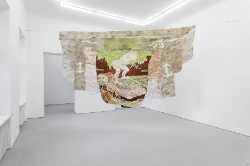 Wschód Gallery
Warsaw
Wschód Gallery
Warsaw
 Piktogram Gallery
Warsaw
Piktogram Gallery
Warsaw
 Polana Institute
Warsaw
Polana Institute
Warsaw
 Salon Akademii
Warsaw
Salon Akademii
Warsaw
 Galeria XX1
Warsaw
Galeria XX1
Warsaw
 Warsaw University Observatory
Warsaw
Warsaw University Observatory
Warsaw